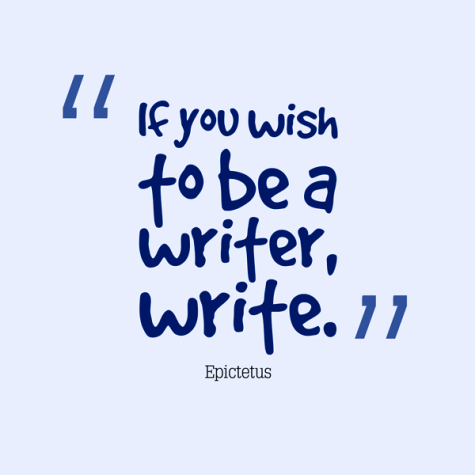It’s Teacher Thursday. Welcome to your free class.
Fiction writing Writing tips
|
From our lead workshop instructor Steven James and his book, Troubleshooting Your Novel, here’s a fresh way to look at that scene that might not be working. Let’s talk about ORIENTATION. |
|
You’re walking home late one night when two men leap out of the shadows, pull a hood over your head, and shove you into a van. You can’t see anything, and as the vehicle takes off, though you sense movement and hear hushed voices, you don’t know how many people are in there with you, what they look like, or what they want. When you demand that they tell you what’s going on, their only reply is silence. At last, the van stops, you hear the door open, and a man grabs your elbow and leads you outside. “Alright,” he says. “It’s time.” When readers skip to (or scroll to) the rest page of your book, the hood comes off. Based on word of mouth and the book’s title, they might have a vague idea of what your story is about, but they need you to orient them here, at the start, when you tug off the hood. Readers need to know (1) who they’re supposed to cheer for or against, (2) what threats are present, (3) why the story’s outcome matters, and (4) if they can trust you with their time. They need to be able to picture the scene, care about the outcome, and meet characters that they find intriguing and will want to spend time with. They’ll be lost until you show them where they are. The longer you keep the hood over their eyes, the more frustrated they’ll become. Readers don’t want gimmicks, they want orientation. FIXING ORIENTATION ISSUES Set aside what you already know about the story and what’s coming down the pike—like that great twist on page 300 or the big reveal in the final act. Instead, enter the mindset of your readers. Look at the story with first-time eyes. Imagine that someone has led you into the opening scene and pulled off the hood. What do you see? Who’s present? What are they doing? Why are they here? There are a myriad of things to keep in mind regarding your story’s beginning, and we’ll look at them in the coming chapters, but for now, simply ask if your opening orients readers or disorients them. *** TODAY”S TASK Now, imagine that someone has just tugged o the hood. Open your eyes. Step into that scene and look around. Mark up the page with notes and reactions. Then go back to your computer and evaluate those edits. See which ones fit with the emerging context of the story. Recast the opening to orient readers so they can be more emotionally engaged, more curious, and, of course, intrigued enough to keep reading. ~ Thank you, Steven. NOW, LET’S ALL GET WRITING! This Teacher Thursday post is just a sample of the education and guidance you will receive at the EXCELLENCE IN FICTION WRITING SEMINAR AND RETREAT IN THE ANDES OF ECUADOR, April 2019. Steven will be teaching these workshops. Apply today to learn from the best.
|


